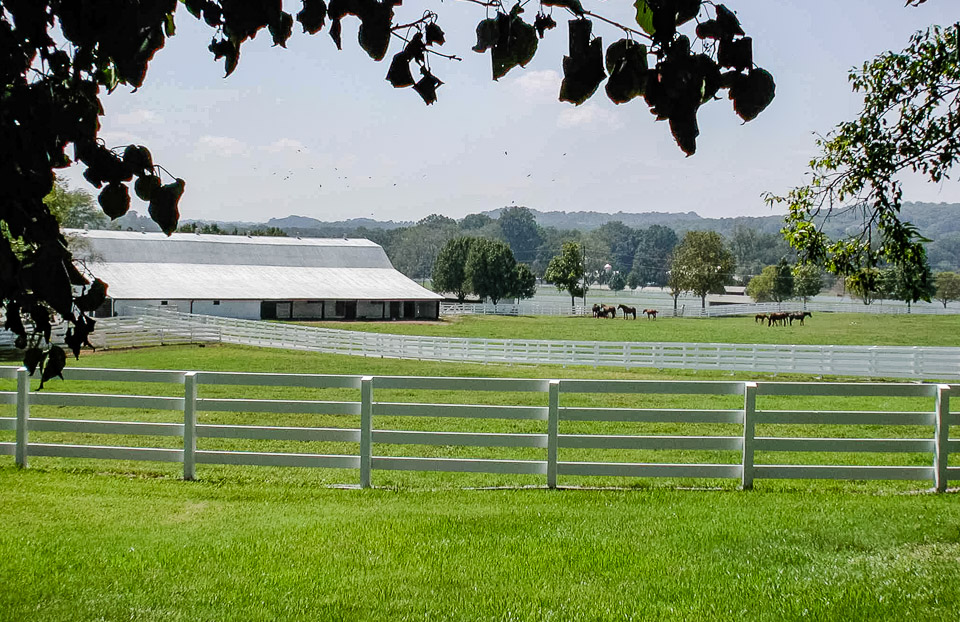
Horse Farm Pastures – An Introduction
I am not an expert in agronomy but I know this much. Too many horses can destroy a pasture. Poor drainage is something I constantly see. Irrigation often helps in dry areas.
Something I need to look at are track systems that require horses to move within a pasture. Also when to cut the pasture, sugar content, dormancy and rotation as well as the different types of grasses and what they have been modified to do (rapid growth of cattle). This will come and you can make this happen faster by commenting and requesting.
Use the browser back button or menu to return to the index of topics.
Horse Farm Pastures – Flooding
Good drainage in pastures is essential but when pastures are located near rivers, the chance of flooding is seasonal and can be extensive. Here are some flooded pastures which are useless. However the remaining 11 months of the year they are fertile and supports the horses. Sometimes you just need to be flexible.
Horse Farm Pastures – Irrigation
In dry areas it helps to be able to irrigate pastures if water availability is an option. Here in FL we have an abundant water supply – usually. In other areas the water is restricted or needs to be separated from the drinking water supply.
This water cannon is a common sight here in FL. They are used for irrigation and for dust control in outdoor riding areas.
Horse Farm Pastures – Maintenance
There is little attention given to the health and maintenance of the pastures for our horses. Farm owners must realize two principles. The first is that there is a natural ebb and flow to the cycles between plant growth and horse health. The second is that the plants in the pasture are living just like you and your horses. These plants need as much attention to their health as your horses because without it, it, the soil and microbes within the soil needed for plant life will die.
Horse Farm Pastures – Types
Pastures are often an afterthought to horse owners. If it’s green then fence it and put the horses on it. But it’s not that simple because of several factors. These include the ability to nourish the horses correctly, the ability to grow where you live, the maintenance requirements of the pasture and the ability to stand up to the traffic and the grazing.


0 Comments